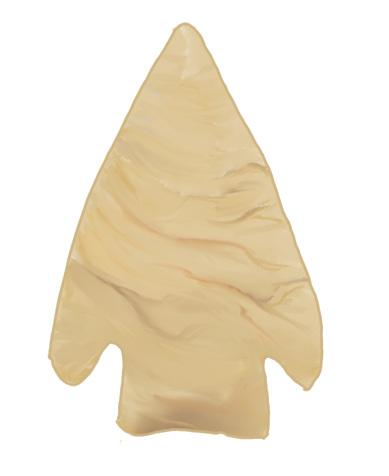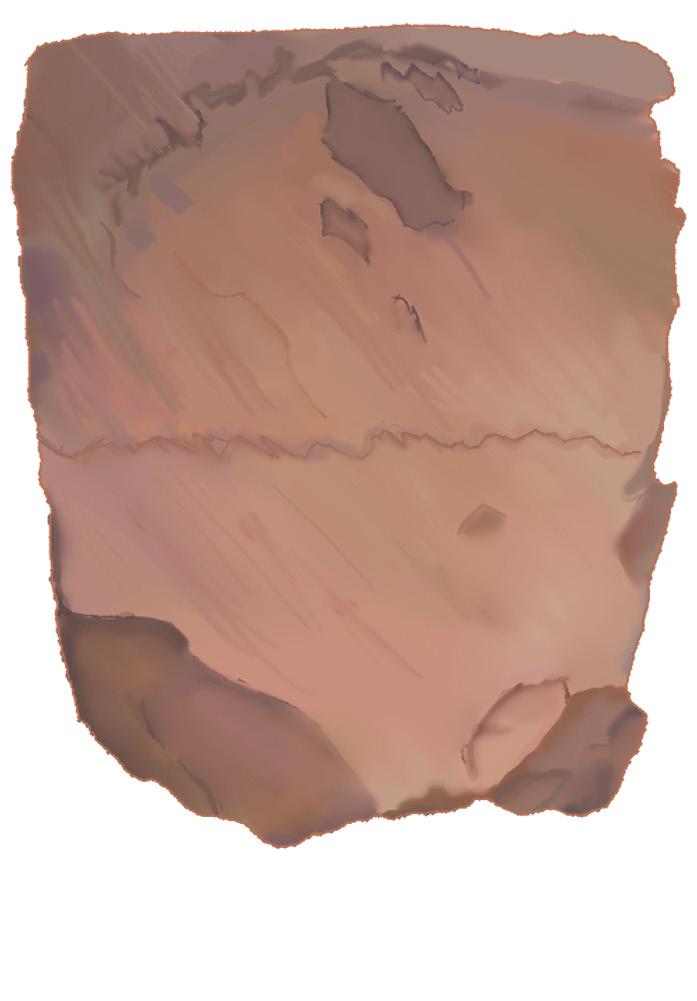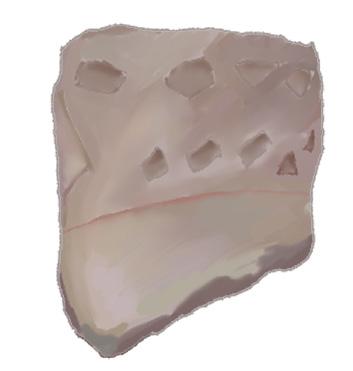
4 minute read
Pre-Columbian
1PRECOLUMBIAN
Native Americans remain often forgotten when it comes to American history, leading to little information and representation. However, the commitment to recovering this lost data through archaeology has proven successful. Artifacts discovered across Virginia, including Alexandria, has indicated a Native American presence that goes as far back as 17,000 years ago. Before the arrival of European settlers to the newly found continent, the land was already filled with a variety of Native communities. This era before European Contact known as the Pre-Columbian Era consists of three periods: the Paleo-Indian, Archaic, and Woodland.
Advertisement
THE PALEO-INDIAN
The Paleo-Indian Era approximately started 17,000 years ago during the final day of the last ice age. During this period the first inhabitants had crossed into North America via the Bering Land Bridge. These first people to traverse the Americas preferred a nomadic lifestyle, roaming the open lands. Around 15,000 years ago is thought to be when the first Native Americans settled in Virginia, where hunting animals and foraging for plants was common practice in this era. The oldest evidence of human interaction in modern-day Alexandria is a broken speartip called a Clovis Point and was a common indicator of human activity in the late period of the PaleoIndian Era. The Clovis Point, along with many other crafted points and implements made from stone, wood, bone, and antlers highlight the importance of hunting and survival in this era.
THE ARCHAIC
The Archaic Era is estimated to have begun around 10,000 years ago. Hunting and foraging would continue as the climate got warmer. Due to the warming climate and the subsequent glacial melt, steady sea level and the release of melted ice created a myriad of lakes and marshes throughout Virginia. These emerging locations
CLOVIS POINT
KIRK POINT

became major hotspots where future Native American communities would thrive. As a result of this change in climate, equipment changed as well to help with the evolving cultures. Tools like axes became popular for woodworks and were used to create equipment and shelter. The weighted spears (Atlatl) assisted with hunting. In addition to hunting, this period saw the first domestication of plants for agriculture. Excavations found at Jones Point near Hunting Creek uncovered tools like the Kirk Spear that emphasized the continuation of hunting and foraging in Alexandria throughout much of this era.

THE WOODLAND
The Woodland Era started around 3,000 years ago, which by this time the climate of Virginia began to resemble our modern ambiance. During this period the most significant development for Native Americans was the production of clay pottery used predominantly for cooking and storage. Simultaneously large communities and populations began to settle more permanently, particularly around bodies of water. Fishing and agriculture would become more prominent activities during this time as a result of these larger and more stable lifestyles. Ingredients like maize, squash, and beans would become the main staples cultivated by Virginian tribes. In the Alexandria area, the Potomac Creek pottery is the first known item to be discovered that indicates Native American interactions during this period.

THE POTOMAC CREEK POTTERY
At the beginning of the 17th-century, villages in modernday Northern Virginia (Alexandria) would be visited by John Smith. The three villages called Namoraughquend, Assaomeck, and Namassingakent. The translation from Algonquian: Fishing Place, Middle Fishing Place, and Plenty of Fish. These villages were known more for fishing rather than planting crops.
The first Native Americans that moved to the east coast of North America traveled through waterways and trekked through forests as they explored the land. Subsequently, these traveled paths would become the first routes and trails for hunting, migration, and trade. The European settlers saw the passages used by Native Americans as an organized and safe way to traverse the new continent. The roads and railroads built in the following decades would use these same paths as a framework. The Potomac Path is the first known passage used in the region of Northern Virginia. This pathway was massive and accompanied the Rappahannock and Potomac Rivers. The path was a crucial route used among the Native Americans in the region, and would later become the roads we know today. Route One is just one of the legacies that the Potomac Path created.
British settlement became more prominent in the 1600s. Interactions with the Native people became more frequent. The settler carried Old World diseases that Native Americans had no immunity to. As a result of these diseases tens of thousands of Native Americans would die out during these early decades of European settlement.



1
THE ARCHAIC 10,000 BCE
The Archaic period began in 10,000 BCE as the human population increased. This era marked the rise of civilization development.
THE CONTACT 1600 CE
The contact period started once the first interaction with European settlers occur. It is also the end of the Pre-Columbian era.
THE PALEO-INDIAN
The Paleoindian period began in 17,000 BCE as the ice age was ending. The first people to arrive in the Americas use the Bering Land Bridge. That event marked the beginning of the era.
17,000 BCE
THE WOODLAND
The Woodland period began in 3,000 BCE as pottery made its appearance. The Woodland is the last period before contact with Europeans happened.



